What to consider when pricing a cake
- Size
- Ingredients
- Skill level
- Time frame
- Charging for additional services
If you’re a baker, chances are you got into the industry to share your love of sweet treats and the joy they bring to others. The added happiness a beautiful cake can bring to a couple on their wedding day or a toddler on their birthday makes your job that much easier.
Though this can certainly make your job more rewarding, you need to earn more than just praise for your amazing work. Here are some things to consider if you’re new to the cake-baking business.
What to consider when pricing a cake
Let’s imagine you just got off the phone with a customer who would like you, the owner of Sweetie Pie’s Bakeshop, to bake their wedding cake. While you normally only sell pies, this person has been a customer for years and is curious if you’d be willing to try your hand at a cake for their wedding day.
All baked goods have varying price points, and the amount of time, effort, and ingredients will differ. Before you agree to the price of the wedding cake, here are some things to think about.
Size
The very first thing you should consider when someone asks you to bake a cake is how big it will be.
If you’ve been to several weddings, you know that cakes can range from a single tier to several tiers, and that size usually depends on the event’s headcount. Customers looking for wedding cakes will often give you the number of guests they’re expecting to determine how many tiers will be necessary.
Once you’ve figured out the number of layers, you should set a base cost for each size. While there are a few more things to consider before you print out that price tag, starting with a standard price for a one-tier cake, a two-tiered cake, and so on will ensure that you have a base price regardless of how intricate the design or costly the flavor.
Here’s a quick cake serving size guide from Zola.com:
- 6” tier = 14 slices
- 8” tier = 26 slices
- 10” tier = 40 slices
- 12” tier = 56 slices
- 14” tier = 78 slices
- 16” tier = 100 slices
Many bakers price their cakes based on the number of servings first and then add to that base price things like level of difficulty and the topper the client wants.
Ingredients
When you take an order for a cake, you’ll probably already have a menu of cake flavors to offer. There are the trusty favorites like chocolate, vanilla, marble, and funfetti, but what if a customer asks for a less-common flavor like peaches and cream? More tricky yet, what if peaches aren’t in season?
That will affect your costs. Frosting can also quickly change a cake’s cost. Traditional buttercream is often on the lower end, while fondant (that sheet-like frosting) can be a bit higher.
We can split ingredients into two categories:
- Base ingredients. These are things like flour, sugar, vanilla, and eggs that you’ll use in all of your cakes. You can purchase them in bulk, and the cost for these should be standard for every one of your cake orders. So for instance, if your monthly supply of base ingredients costs you $500, and you plan to bake 20 cakes that month, the minimum amount you should include for your base ingredients is $25 per cake.
- Specialty ingredients. Here’s where the fancier cake varieties come in. If you’re creating a three-tiered cake with fresh berries between each layer, add the cost of fresh fruit to this cake. Make sure to keep track of how many specialty ingredients each cake requires. Even if you happen to have these ingredients in your pantry or fridge, since they aren’t traditional ingredients, they do cost more, and you should charge more for them.
Skill level
Once you’ve determined how much the cake will cost based on the ingredients and size, it’s time to estimate what you’ll need to do to pull off the design. If you’ve ever watched cake decorating shows on TV, you’re probably familiar with the crazy feats some bakers can achieve with their cakes. When you add in modeling chocolate sculptures, careful fondant work, or delicate piping and sugar art, the cost of your cake can quickly increase.
Some people are so excited to get the perfect cake for their event that they wildly underestimate the time and skill required. Only you (and maybe an assistant, if you’re lucky) will know exactly how much time and effort it takes to make their dream cake happen.
If your customer balks at the amount you’re charging them, they probably don’t understand just how much time and effort goes into their requested design. It’s important to be firm on the cost of your handiwork; if you agree to a lower price, you’ll probably be tempted to cut corners — and ultimately produce a less-than-stellar cake design. And just think how many potential customers will be at that wedding asking, “Who made your cake?”
Time frame
Just as you need to consider the skills required to produce your cake, it’s important to consider the amount of time it will take for you to bring it to life. Let’s go back to the original phone call at our fictional bakery, Sweetie Pie’s.
The customer is excited you’ve agreed to bake their cake, but they forgot to mention they’d like it to be five-tiered and ready to deliver for their wedding next weekend. Sure, it’s not going to take you over a week to bake the cake, but you have five other large pie parties to cater, and the customer has given you little time to plan your schedule around their event.
Before you politely decline to bake their cake on such short notice, consider how to price a cake fairly in this situation. Of course, if there’s absolutely no way to make it happen, you may need to turn down the business. But in some cases, you may be able to work with your customer to determine an additional late notice fee that works for both of you.
For reference, most bakers ask couples to order their wedding cakes about six months before they tie the knot. If your customer is asking for a cake much sooner than that, you may consider upcharging. You may also charge different amounts based on whether the event is during peak or off-peak season.
Other considerations
In addition to the actual cake, you may consider charging for additional services that come along with the cake. Make sure to be clear with your customers when they order that certain services will increase the price of the cake. Here are a few:
- Consultation
- The tasting
- Delivery
- Setup at the event
The last thing to mention is be sure to pay yourself an hourly rate. It may sound intuitive, but when you get caught up counting the actual costs related to size and ingredients, sometimes you can forget to pay yourself as an employee of the business. After all, the point of selling cakes is to make money.
So what’s an appropriate cake price?
After considering everything we’ve mentioned, you may still be a bit lost on how to price a cake. Here are some average cake prices to give you a general idea based on the event. However, it’s important to note that prices can vary widely based on where you live and the level of expertise of the bakery, so take these with a grain of salt — or sugar.
| Cake type | Average cost per slice | Average cost per cake (50 people) | Average cost per cake (100 people) | Average cost per cake (150 people) |
|---|---|---|---|---|
| Specialty cake | $3.50 | $175 | $350 | $525 |
| Wedding cake (buttercream) | $4 | $200 | $400 | $600 |
| Wedding cake (fondant) | $5 | $250 | $500 | $750 |
Using Jotform for your cake business
When you think you’ve accurately determined how to price a cake and you’re ready to start taking orders, Jotform can help. We have several cake order forms that account for things like cake flavors and number of servings. Your customers can even upload a sketch of their perfect confection.
To make your business even sweeter, Jotform can also assist when it’s time to get paid. Collect your payments online via PayPal, Stripe, Square, and more. Happy baking!

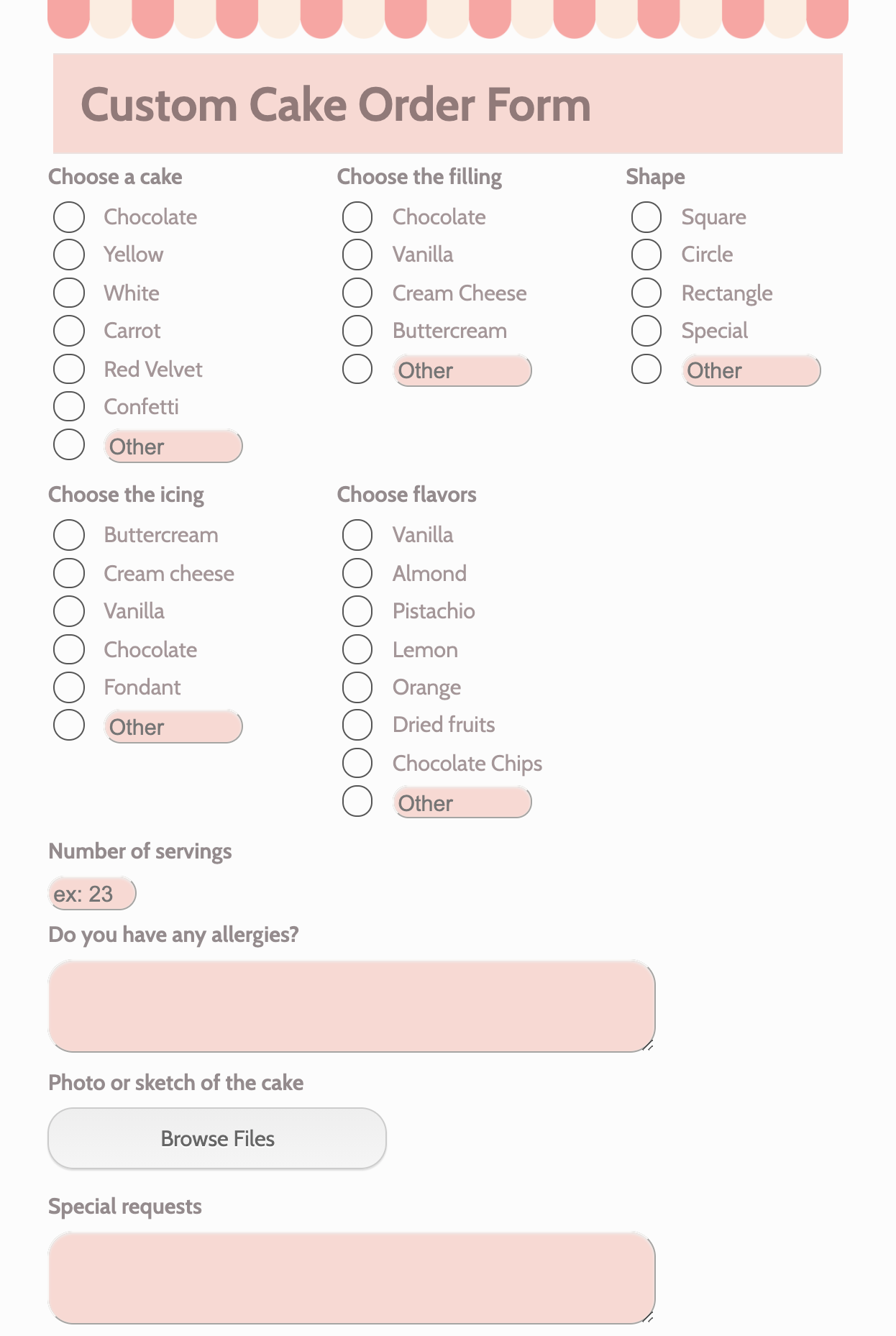




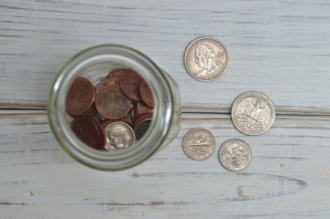


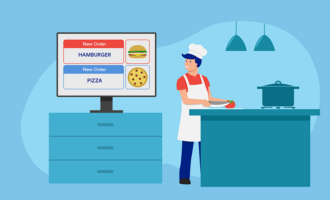

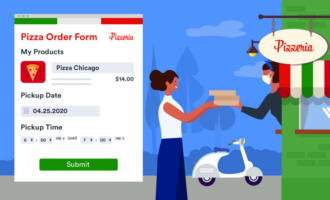
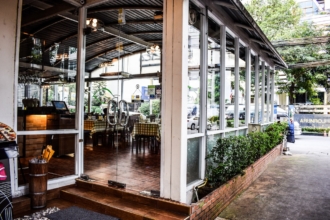

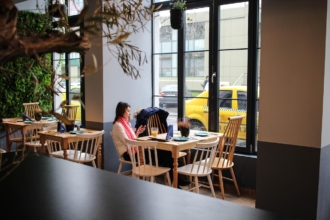

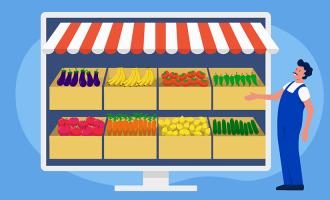



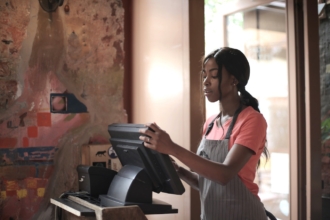





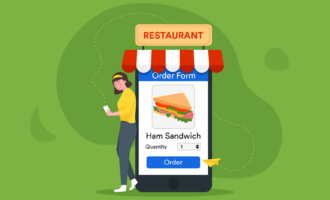





Send Comment: